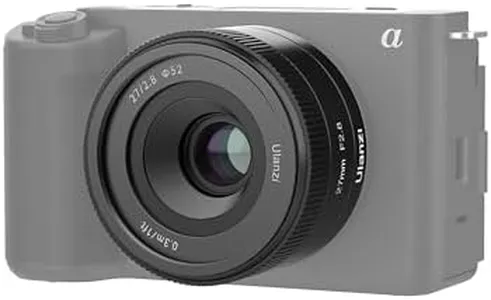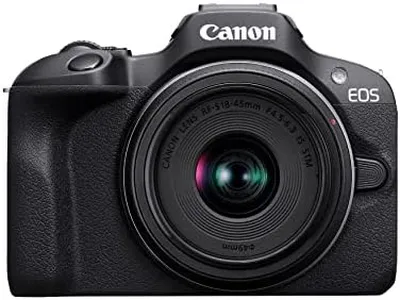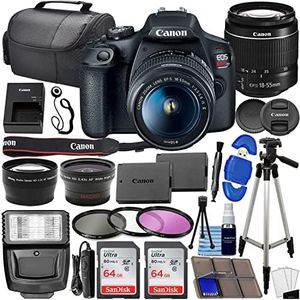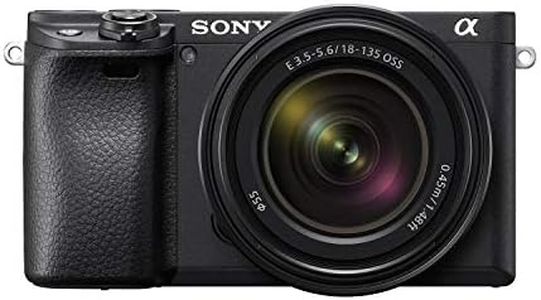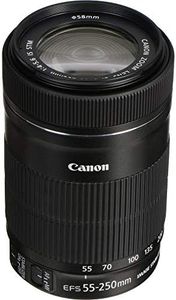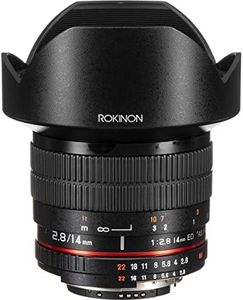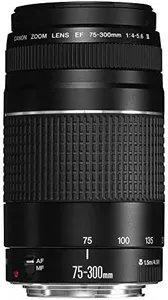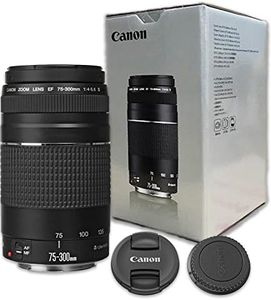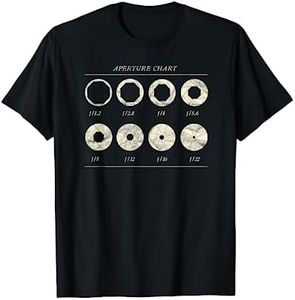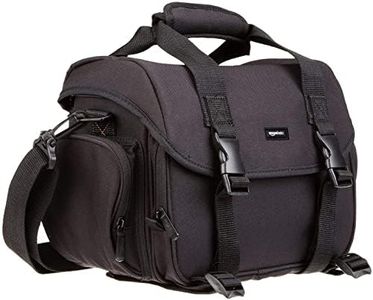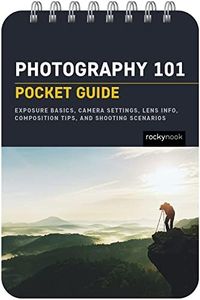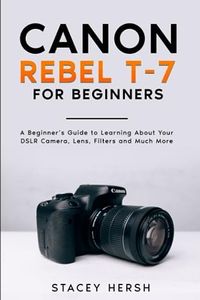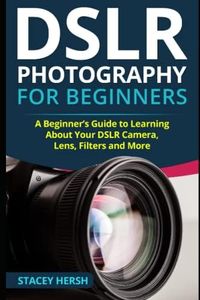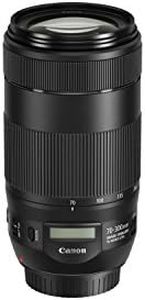We Use CookiesWe use cookies to enhance the security, performance,
functionality and for analytical and promotional activities. By continuing to browse this site you
are agreeing to our privacy policy
10 Best Dslr Camera Lenses 2025 in the United States
How do we rank products for you?
Our technology thoroughly searches through the online shopping world, reviewing hundreds of sites. We then process and analyze this information, updating in real-time to bring you the latest top-rated products. This way, you always get the best and most current options available.

Buying Guide for the Best Dslr Camera Lenses
Choosing the right DSLR camera lens can significantly impact the quality of your photos and your overall photography experience. The right lens will depend on what you plan to shoot, your skill level, and your personal preferences. Understanding the key specifications of camera lenses will help you make an informed decision and ensure you get the best lens for your needs.Focal LengthFocal length is the distance between the lens and the image sensor when the subject is in focus, usually measured in millimeters (mm). It determines the angle of view and how much of the scene will be captured. Shorter focal lengths (e.g., 18-35mm) provide a wider angle of view, making them ideal for landscapes and architecture. Medium focal lengths (e.g., 50mm) are great for portraits and everyday photography. Longer focal lengths (e.g., 70-200mm) offer a narrower angle of view, perfect for wildlife and sports photography. Choose a focal length based on the type of photography you are interested in.
ApertureAperture refers to the size of the opening in the lens through which light enters the camera. It is expressed as an f-number (e.g., f/1.8, f/4, f/16). A lower f-number means a larger aperture, allowing more light to enter, which is beneficial for low-light conditions and achieving a shallow depth of field (blurry background). A higher f-number means a smaller aperture, suitable for well-lit conditions and greater depth of field (more of the scene in focus). If you often shoot in low light or want to create a bokeh effect, opt for a lens with a larger aperture (e.g., f/1.8). For general photography, a mid-range aperture (e.g., f/4) is usually sufficient.
Image StabilizationImage stabilization (IS) is a feature that helps reduce camera shake, resulting in sharper images, especially in low-light conditions or when using longer focal lengths. Some lenses have built-in IS, which can be particularly useful if your camera body does not have this feature. If you frequently shoot handheld or in situations where a tripod is not practical, a lens with image stabilization can be very beneficial. However, if you mostly use a tripod or shoot in well-lit conditions, this feature may be less critical.
Lens MountThe lens mount is the interface between the camera body and the lens. Different camera brands have different mounts, so it's essential to ensure that the lens you choose is compatible with your camera. For example, Canon, Nikon, and Sony each have their own specific mounts. Some third-party manufacturers make lenses with mounts for multiple brands. Always check the compatibility of the lens with your camera model before purchasing.
AutofocusAutofocus (AF) is a system that automatically adjusts the lens to focus on the subject. The speed and accuracy of autofocus can vary between lenses. Some lenses have faster and quieter autofocus motors, which can be advantageous for capturing fast-moving subjects or shooting video. If you often photograph action, sports, or wildlife, a lens with a fast and reliable autofocus system is crucial. For more static subjects like landscapes or portraits, autofocus speed may be less of a priority.
Build Quality and Weather SealingBuild quality refers to the materials and construction of the lens. Higher-end lenses often have better build quality, including metal parts and weather sealing, which protects against dust and moisture. If you frequently shoot in challenging environments or harsh weather conditions, a lens with robust build quality and weather sealing is essential. For casual or indoor photography, these features may be less important, and a lighter, more affordable lens may suffice.
Most Popular Categories Right Now
